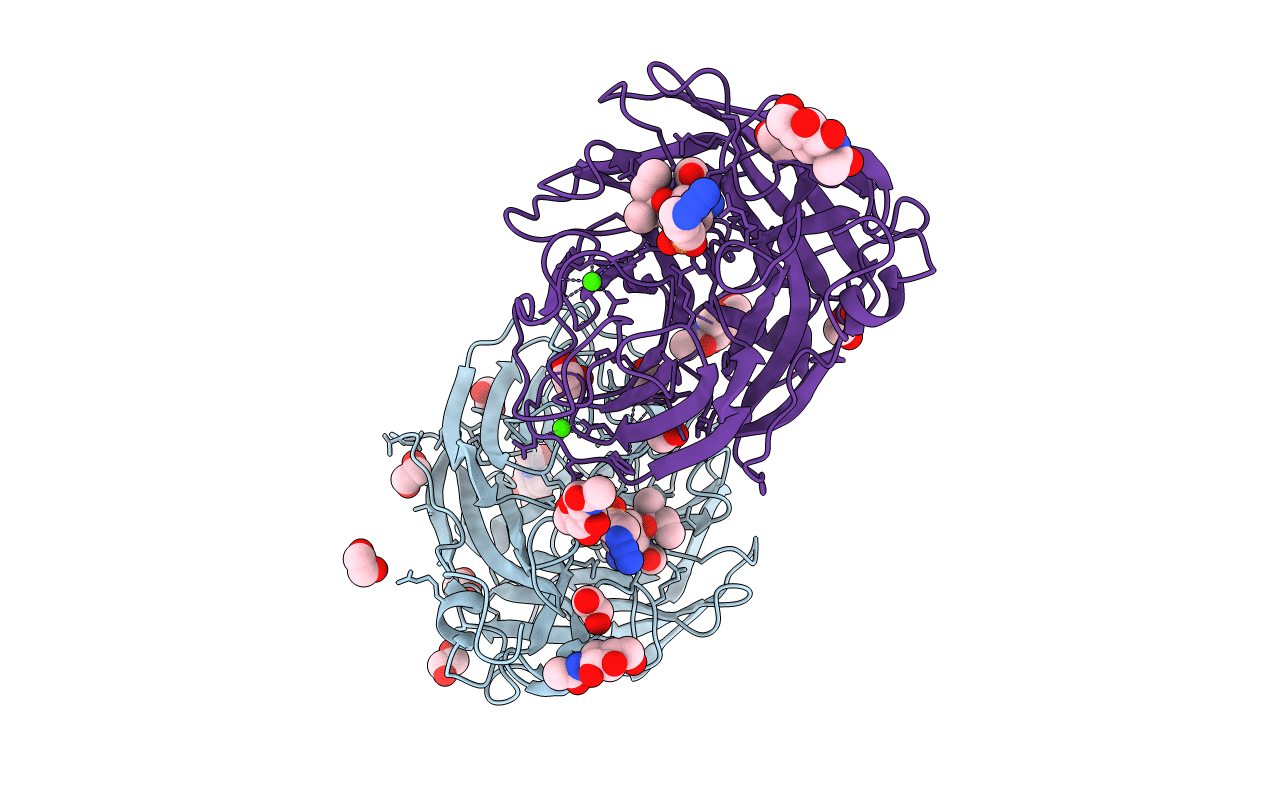
Deposition Date
2018-03-15
Release Date
2019-01-23
Last Version Date
2024-11-13
Entry Detail
PDB ID:
6G02
Keywords:
Title:
Complex of neuraminidase from H1N1 influenza virus with tamiphosphor omega-azidohexyl ester
Biological Source:
Source Organism:
Influenza A virus (A/California/07/2009(H1N1)) (Taxon ID: 641809)
Host Organism:
Method Details:
Experimental Method:
Resolution:
1.84 Å
R-Value Free:
0.19
R-Value Work:
0.15
R-Value Observed:
0.15
Space Group:
P 4


